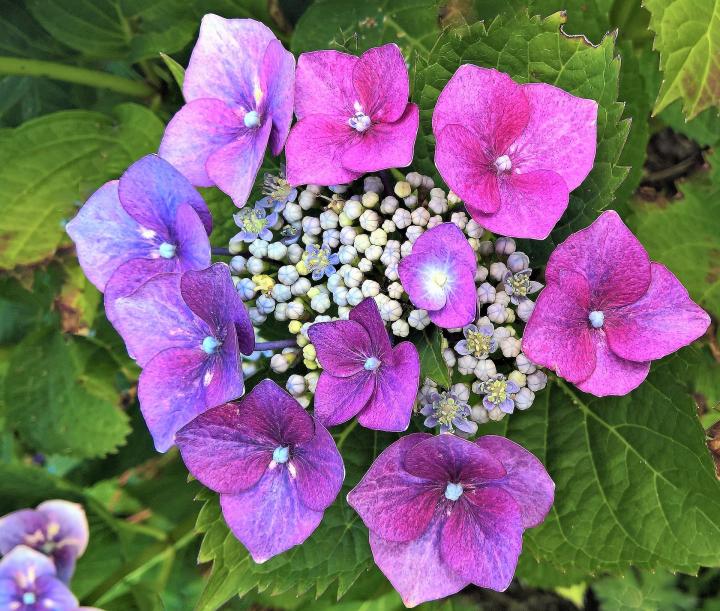Primary Image

Tips for Pruning in Winter and Early Spring
We grow lots of fig trees in the eastern states like New Jersey. Can you tell me when to prune them. Thank you
Even while winter pruning is an essential component of proper tree and shrub management, inexperienced pruners may find the process challenging. The operation was streamlined thanks to your winter pruning guide, which also included detailed directions. After reading this, I have a much better understanding of how to approach this work and maintain the health of my trees and shrubs during the winter months.
Such a great tree service list! I am truly amazed by the sheer information provided. Thanks for the amazing blog post.
Hello, it is the middle of November in Upstate NY and I have an overgrown burning bush that I'm very tempted to prune. I'm concerned that with the long branches it might be susceptible to breakage with accumulations of heavy wet snow and ice as is the norm here. Should I just wait until spring, or would it be OK to give it a good pruning now?
Unwanted lower branches on all evergreen shrubs and trees should also be removed in late winter.
Can I have this tree Pruned (topped) in zone 7 now. The leaves are almost all off.
I’ve always heard that your not supposed to “top” A Tree. For removing weak, crossing or broken limbs for your zone I’d say check with your county extension for the most accurate information or even A local reputable plant nursery. (also to verify that I’m giving correct info on topping trees please ask the county extension as well) happy gardening.
I meant as the correct time of year temperature wise. Dormant is generally perfect for trimming limbs. If you trim too late in spring after its begun warming up and we get A hard freeze it could potentially cause damage to newly cut limbs. Sorry. I don’t mean to be all up in your business. Please don’t think I’m being intentionally rude. Beat of luck & happy gardening.
Can I still prune my grape plant this late winter?
For smooth hydrangea, cut all stems to the ground. For bigleaf or oakleaf hydrangea, cut stems with old flowers still attached back to fat flower buds.
Some hydrangea are NOT pruned in late winter. To avoid cutting off blooms
- « Previous
- 1
- 2
- …
- 10
- Next »










Comments